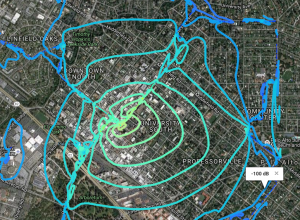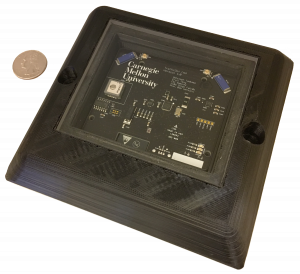Crowdsourced Smart Cities
Why?
The vision of applying computing and communication technologies to enhance life in our cities is fundamentally appealing. Pervasive sensing and computing can alert us to imminent dangers, particularly with respect to the movement of vehicles and pedestrians in and around crowded streets. Signaling systems can integrate knowledge of city-scale traffic congestion. Self-driving vehicles can borrow from and contribute to a city-scale information collaborative. Achieving this vision will require significant coordination among the creators of sensors, actuators, and application-level software systems.
Cities will invest in such smart infrastructure if and only if they are convinced that the value can be realized. Investment by technology providers in creation of the infrastructure depends to a large degree on their belief in a broad and ready market. To accelerate innovation, this stalemate must be broken.
What?
Borrowing a page from the evolution of the internet, we put forward the notion that an initially minimalist networking infrastructure that is well suited to smart city concepts can break this cycle and empower co-development of both clever city-sensing devices and valuable city-scale applications, with players large and small being empowered in the process. We call this the crowdsourced smart city concept. We illustrate the concept via an examination of our ongoing project to crowdsource real-time traffic data, arguing that this can rapidly generalize to many more smart city applications. This exploration motivates study of a number of smart city challenges, crowdsourced or otherwise, leading to a paradigm shift we call edgeless computing.
We’ve developed a system that exemplifies the full-stack of many possible smart city applications. This system uses hardened, pavement-mounted sensors to detect traffic flows. These sensors relay their information to a cloud server via a LoRaWAN-based wide area network. The system supports collection and indexing of the data, localization of the sensors, tools for programming and parameterizing the sensors, and visualization tools for traffic flows, RF performance, and sensor health monitoring.



